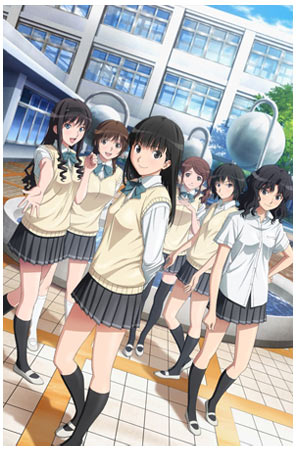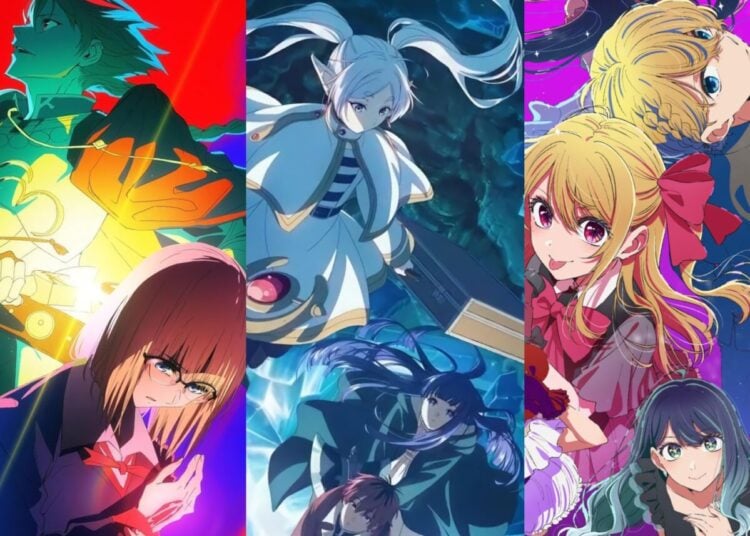I’m currently enjoying the second season of Amagami, an anime based on a popular PS2 game in which you get to experience romance with six different main female characters. One of the fundamental problems with converting a multi-scenario eroge or visual novel into a mainstream anime series is what to do about the different paths — choosing just one “main route” to show viewers removes much of the story depth that these games are known for and leads to dissatisfied fans. Happily, Amagami solves this problem by giving separate story arcs to each girl, which seems to be a pretty good compromise. The six main girls aren’t just random cute faces: they’re meticulously constructed moe archetypes, designed to appeal to different kinds of fans. There’s Haruka-senpai, the ditzy upperclassman who’s confident and experienced, a challenge for Junichi to woo since he lacks self-confidence; classmate Kaoru, who attended the same junior high school as him; shy underclassman Sae, who Junichi naturally takes a leading role with; the smart Ai Nanasaki, who likes to troll Junichi by wearing a swimsuit under her uniform at random times; Rihoko, an osana-najimi or childhood friend who has known Junichi all her life; plus Tsukasa, the super-organized class representative. Whenever two Amagami fans get together, they will have fervent debates about the merits of each girl.

Deconstructing the moe girls of Amagami.














